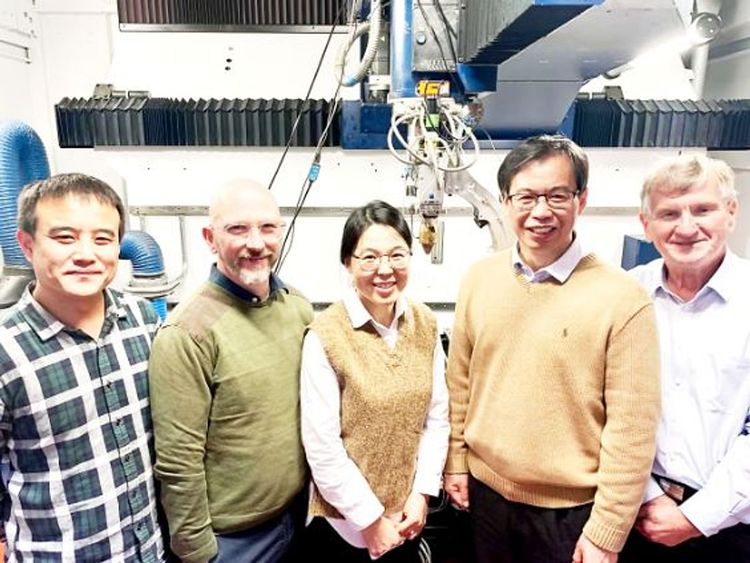Laser 3D Printing Brings Titanium Revolution

The University of Sydney has used 3D printers to create titanium objects with intricate designs. The printers are able to build up the layers until the design is fully formed. These objects are incredibly strong and lightweight, making them useful in many industries. The technology has come a long way since its inception and is now affordable for businesses and individuals. It is a fascinating process to watch and has many potential applications in the future.

Scientists from RMIT University have made a big discovery. They've made a new type of titanium alloy using laser 3D printing. This could change how titanium is used and make it more sustainable.
A titanium alloy, Ti-6Al-4V, has been used since 1954. It is popular and accounts for more than half of all titanium use. This alloy needs expensive materials like aluminum and vanadium. But, a new alloy uses oxygen and iron, which are cheaper and easier to find.
Before, titanium alloys with lots of oxygen and iron were thought to be bad because they were easily broken and not perfect. But scientists changed the way the oxygen and iron atoms are spread out and used 3D printing to make really small titanium crystals. This made a strong and bendy material, just as good as normal titanium alloys.
The 3D printed metal is cool. It can be adjusted to have different properties in different parts of the object. This makes it useful for creating things with specific needs.
The new alloy is good for the environment. It can be reused from titanium that has a lot of oxygen and iron. This helps to use less resources and produce less waste.
More work is needed before using this concept in real-life applications. Biomedical implants are an example of an industry that requires more research. The aerospace industry also needs further testing before implementing this concept. The proof of concept is just the first step. More research and development are required.
Australia acknowledges advanced manufacturing and materials tech as vital. This led to the development of a class of titanium alloys that can enhance sustainability and expand titanium's uses. This innovation has potential benefits for several industries, contributing towards progress and technological advancements.

